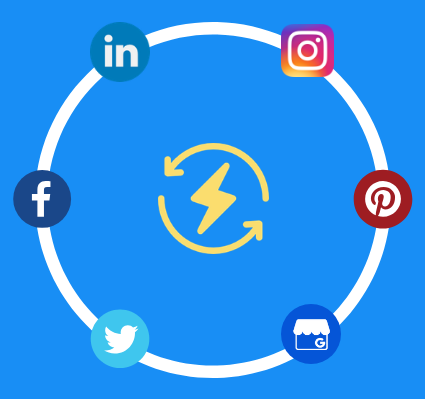How Davis Baer Used Unorthodox Marketing To Reach $1,000 MRR
Hello! Who are you and what business did you start?
My name is Davis Baer, and I am the co-founder of OneUp, a social media scheduling tool that helps business make more money and automates time-consuming tasks. OneUp allows you to schedule Google My Business posts, Facebook posts, Instagram posts, Twitter posts (and schedule Twitter threads), as well as schedule LinkedIn posts.
OneUp differs from tools like Buffer and Hootsuite because we allow for posts to be set to automatically repeat at any interval you choose, such as every 3 days, or every 3 weeks.
Our customers consist of startup founders, e-commerce store owners, small business owners, bloggers, podcasters, YouTubers, and social media managers - basically any kind of business, or even people who are just building their personal brand.
Here are a few examples of how some of our customers use OneUp:
We have an ecommerce store...
Sorry, you need to login and/or become a member to view the rest of this content.Free Download163 Million Dollar Solopreneur Business IdeasDownload the report and join our email newsletter packed with business ideas and money-making opportunities, backed by real-life case studies.
Get The ReportFree Download163 Million Dollar Solopreneur Business IdeasDownload the report and join our email newsletter packed with business ideas and money-making opportunities, backed by real-life case studies.
Get The ReportFree Download163 Million Dollar Solopreneur Business IdeasDownload the report and join our email newsletter packed with business ideas and money-making opportunities, backed by real-life case studies.
Get The ReportFree Download163 Million Dollar Solopreneur Business IdeasDownload the report and join our email newsletter packed with business ideas and money-making opportunities, backed by real-life case studies.
Get The ReportFree Download163 Million Dollar Solopreneur Business IdeasDownload the report and join our email newsletter packed with business ideas and money-making opportunities, backed by real-life case studies.
Get The ReportFree Download163 Million Dollar Solopreneur Business IdeasDownload the report and join our email newsletter packed with business ideas and money-making opportunities, backed by real-life case studies.
Get The ReportFree Download163 Million Dollar Solopreneur Business IdeasDownload the report and join our email newsletter packed with business ideas and money-making opportunities, backed by real-life case studies.
Get The ReportFree Download163 Million Dollar Solopreneur Business IdeasDownload the report and join our email newsletter packed with business ideas and money-making opportunities, backed by real-life case studies.
Get The Report




















